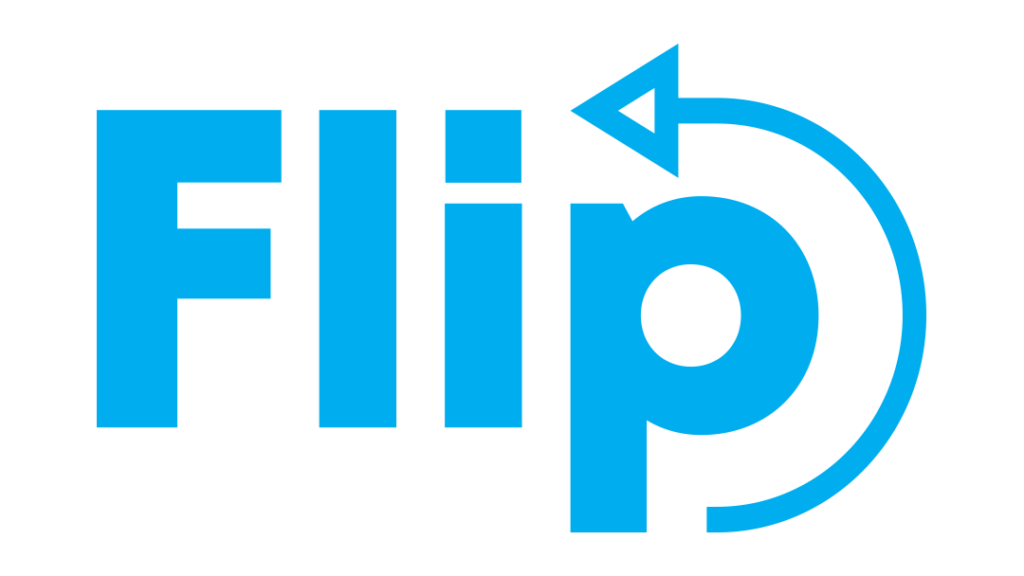In recent years, programmatic advertising has transformed digital marketing, offering an efficient and targeted way to reach the right audience at the right time. For businesses eager to maximise their digital marketing budgets, understanding programmatic advertising can be a game-changer. This guide will break down what programmatic advertising is, how it works, and how it can enhance your marketing efforts. Whether you’re new to digital marketing or a seasoned professional, this blog will provide a clear overview of how programmatic advertising can benefit your business.
What is Programmatic Advertising?
At its core, programmatic advertising is the automated buying and selling of digital ads. Rather than relying on human negotiations, it uses artificial intelligence (AI) and machine learning to make real-time bidding decisions for ad placements. This automation allows for a more efficient process and enables advertisers to target their audiences with precision.
How Programmatic Advertising Works
Programmatic advertising uses real-time bidding (RTB) to purchase ad space. Here’s a quick breakdown of the main elements involved:
- Demand-Side Platform (DSP): This platform allows advertisers to buy digital ad inventory across multiple platforms based on data.
- Supply-Side Platform (SSP): Publishers use this platform to manage and sell their ad space to advertisers.
- Data Management Platform (DMP): This collects and organises data to help advertisers reach their target audiences more effectively.
Through these platforms, programmatic advertising uses AI to analyse data and determine the best ad placements, considering factors such as user demographics, interests, and browsing history.
Why Use Programmatic Advertising?
Programmatic advertising has become popular for a few key reasons. Here’s why it’s worth considering for your marketing strategy:
1. Improved Targeting
Programmatic advertising allows advertisers to get specific with their targeting. By using data from DMPs, you can target users based on their age, location, interests, and even past behaviour. This precision ensures that your ads reach those most likely to engage with your brand.
2. Cost Efficiency
Because programmatic advertising relies on RTB, you only pay for impressions that are relevant to your target audience. This cost efficiency helps you make the most of your marketing budget, especially compared to traditional advertising methods where costs can quickly add up.
3. Real-Time Adjustments
One of the standout features of programmatic advertising is its flexibility. With real-time analytics, you can monitor campaign performance and make adjustments on the fly. This enables you to optimise your campaigns continuously, improving their effectiveness.
4. Increased Reach
With programmatic advertising, your ads can appear across various channels, including websites, social media, and even TV streaming services. This multi-channel reach ensures that you connect with audiences wherever they spend their time online, extending your brand’s visibility.
Types of Programmatic Advertising
There are several types of programmatic advertising to consider, each with unique advantages:
- Real-Time Bidding (RTB): Also known as open auction, this is the most common type of programmatic advertising. It’s an open marketplace where advertisers bid for ad space in real time. RTB is suitable for reaching a broad audience.
- Private Marketplace (PMP): This involves a more exclusive setup, where publishers invite selected advertisers to bid on their inventory. PMPs are typically preferred by premium publishers who want more control over who advertises on their sites.
- Preferred Deals: With this model, advertisers can negotiate fixed prices for ad space before it becomes available on the open market. Preferred deals offer more stability and are often used by advertisers looking to secure high-quality ad placements.
- Programmatic Direct: This involves buying ad space directly from the publisher without an auction. It’s ideal for advertisers seeking guaranteed ad placements in specific locations.
Getting Started with Programmatic Advertising
For those new to programmatic advertising, here are some practical steps to get started:
1. Define Your Objectives
Before you dive in, establish clear goals for your campaign. Do you want to increase brand awareness, drive website traffic, or boost conversions? Your objectives will guide your strategy and help you measure success.
2. Understand Your Audience
The success of programmatic advertising depends on accurate audience targeting. Use data to create detailed profiles of your ideal customers, considering factors such as age, interests, and online behaviour. This will allow your ads to reach the people most likely to engage with them.
3. Choose the Right Platforms
Select a DSP that aligns with your objectives. Popular platforms include Google Display & Video 360, The Trade Desk, and MediaMath. These platforms offer various targeting and reporting tools to enhance your campaigns.
4. Monitor and Optimise
Programmatic advertising isn’t a set-and-forget strategy. Monitor your campaigns closely, looking at metrics such as click-through rates (CTR), conversion rates, and return on ad spend (ROAS). Use these insights to make adjustments, refining your approach to maximise results.
5. Leverage Dynamic Creative Optimisation (DCO)
DCO is a feature that allows you to customise ad content based on user data. By personalising ads for different audience segments, you can create a more engaging experience and increase the chances of conversions.
Challenges in Programmatic Advertising
While programmatic advertising offers many benefits, it’s not without its challenges. Here are a few common issues to watch for:
- Ad Fraud: Automated ads can sometimes lead to fraudulent impressions from bots rather than genuine users. Working with reputable platforms and using fraud detection tools can help mitigate this.
- Data Privacy: With the growing emphasis on data privacy, it’s crucial to follow regulations like the General Data Protection Regulation (GDPR) to protect customer information.
- Brand Safety: Not all sites align with your brand values, so take steps to ensure your ads appear on safe and appropriate platforms. Many DSPs offer tools to control where your ads are displayed.
The Future of Programmatic Advertising
As AI and machine learning technologies continue to evolve, programmatic advertising is likely to become even more sophisticated. Predictive analytics, enhanced targeting capabilities, and deeper integration with emerging platforms (such as connected TV and voice-activated devices) will shape the future of programmatic advertising, making it an essential tool for digital marketers.


